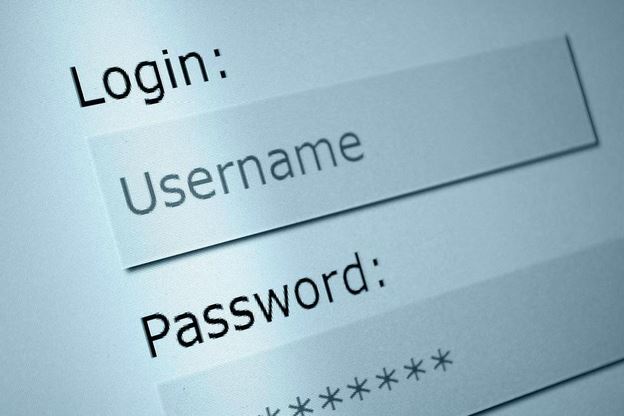
Follow these 4 tips to secure your online accounts
Knowing how to create a strong password can help prevent fraud and unauthorized access to your personal and financial information. But what is a strong password? Check out the tips below.
1. Create Long, Complex Passwords
Shorter passwords may be easier to remember, but they usually aren’t as secure as longer ones.
- create passwords that are at least 12 to 14 characters
- avoid using full words
- include a combination of unrelated, upper and lowercase letters, with numbers and special characters
2. Make Passwords Memorable—Only to You
While a secure password is usually difficult to memorize, it’s possible to make it strong and easy to remember. For example, write a sentence that’s personal to you and use the first letter of each word—along with any numbers and special characters—to create your own memorable password. Example: “I have 2 sons and 1 daughter. Their names are John, Steven and Abby.” becomes “Ih2s&1d.tnaJS&A.” This is easier to remember than picking random letters and numbers, and it’s usually more secure than using the names.
3. Don’t Reuse Passwords
Once you create a strong password, it might be tempting reuse it for all your accounts. If you do, it’s like giving thieves the keys to your house. If hackers get your password from another account, you could end up giving them access to your bank account or other personal information. Research has shown that hackers who find previous passwords have a much easier time deciphering new passwords. It’s best to create passwords for financial accounts that are very different from anything you use for email or social media. And don’t use your your e-mail password anywhere else.
Note: When people are required to change their password frequently, they often choose weaker passwords or just change an old password slightly. Hackers know this, so if your system requires regular password updates, try to choose something totally new—and strong—when you need to change.
4. Use Technology to Help You
If you’re not a password expert—and few of us are—it might be a good idea to use a password manager. A handful of them can help you create stronger passwords, store them, and even tell you how strong or weak your passwords are. Some of the best password managers are listed and compared in our post on How to Check the Dark Web to Protect Against Identity Theft.
Another way to help keep your information safe is using two-factor authentication, which we also discuss in the Dark Web post above. 2FA adds another level of security by requiring a different piece of information in addition to your password. These secondary factors could be a security question, a code sent to your phone, or even your fingerprint. And when you’re setting up security questions, don’t choose an answer that can easily be found, like your mother’s maiden name. It’s usually best to format these answers like strong passwords.
Make sure you have great endpoint protection on all computers and if you’re a business, a UTM managed firewall installed.
Contact us if you have more security questions.
Do you want to know how secure your business is? Take a 2 minute Cyber Security Self-Assessment.
Interested in a full IT Assessment where you get real-time reports showing your IT & security strengths, weaknesses and opportunities? Here’s our IT Assessment Checklist.